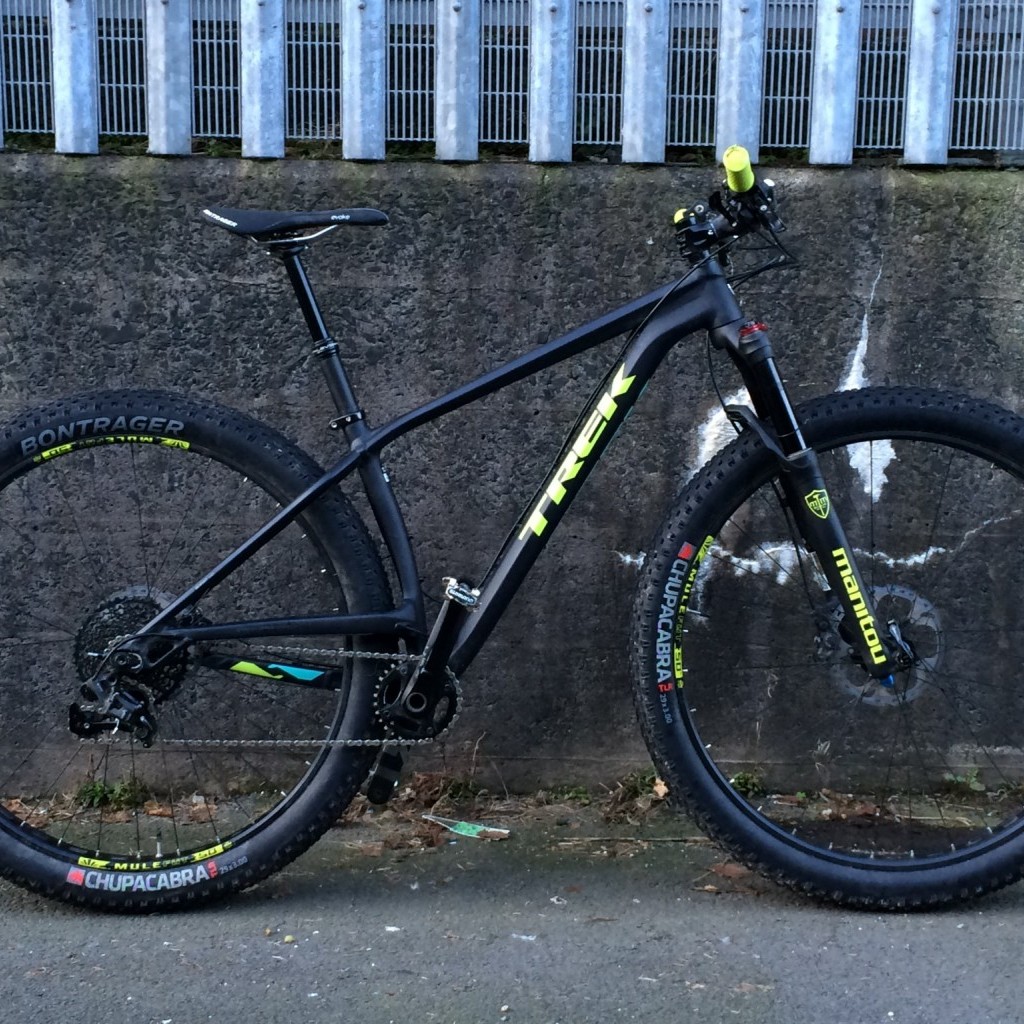
You will need to get a tire gauge that reads and is able to adjust in very small increments like this one. There is definitely some difference there. I didn't think that my Breezer was until I hopped on it after riding the Stache. It turns just as sharp through the tight trails we have here as my 71* Breezer does. The 68* head angle makes it very stable but the short seat stays makes it able to turn razor sharp. The geometry is amazing! It has a nice solid feel to it, as I said earlier, very confidence inspiring. I have been riding mtbs since 1991 and this bike rides very well. The big tires take any edge of most hits and the frame has been designed very well with some compliance built into it. I can't say that the Stache rides any harsher. My other bike is a Breezer Lightning 29 steel framed bike that has one of those nice "steel" rides to it. It just laughs at them.Īs far as ride quality goes it feels very supple. Some run perpendicular some run parallel some run slightly of at an angle. The next trail that I went to I would say if it has one root it has 20,000 roots. Those big tires just rolled right over them with abandonment. My first ride with it I took it to a trail that has rock garden after rock garden. I have about 30 miles on mine and I couldn't be happier. I know then instantly that I was going to get one. I demoed one first when I went to visit my brother in Georgia for about a 17 mile ride. I suppose an ankle pad would be an option for a long-term fix.I just picked one up a week ago. I spaced out the bottom bracket and pedal a bit, which helped, but it didn’t fully solve the problem. This is because it’s right at the level of my back foot in descending position. The only challenge for me, personally, is that I tended to ding my right ankle on the raised chainstay when giving it too much English or getting bounced around on rocky sections. Plus, it doesn’t fit into any of today’s bike category boxes it’s a one-of-a-kind design and riding experience. It’s reminiscent of those early ‘90s front-suspension hardtails - like my trusty Yeti ARC with a RockShox Mag 21 - but the exaggerated tires and modern technology make it feel right at home on today’s black-diamond flow trails. It’s fun because it harks back to why we started riding in the first place.namely, for fun.

There’s no question: the Trek Stache is a blast to ride. When all was assembled, it tipped the scale at 26.5 pounds, which is right in line with a high-end trail bike. Other component choices include the Selle SMP 209 saddle and Chris King NoThreadset headset. Many ways to dial and adjust these brakes on the fly Reed
STACHE 7 REVIEW PLUS
Apparently, this is something you have to get used to with a plus bike in order to get the most out of it. It should be noted that I bottommed the rear tire on the rim on pretty much every ride - often making a loud ping! noise - but never flatted or compromised the rim in any way.

Altogether, the set weighs about 1,700 grams, and each tire weighs about 900 grams.
STACHE 7 REVIEW SERIES
The M6 series is designed for trail use, and with an internal width of 40mm, the 640s support tires ranging from 2.8 to 3.2 inches. I sent the XTR hubs to ENVE to be built with its M640 hoops. The wheel choice, then, was pretty clear. It’s a hardtail that you punish like a full-suspension bike for the pure fun of it (with the added benefit of efficient climbing out of the saddle). This isn’t an XC hardtail, nor is it a bike for Strava PRs. One of the themes of this Stache build is that everything needs to be burly.


 0 kommentar(er)
0 kommentar(er)
